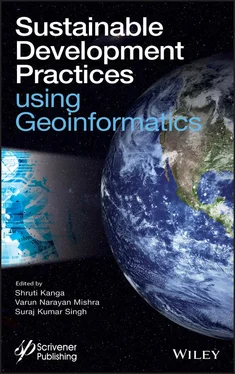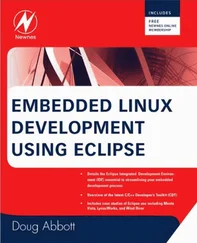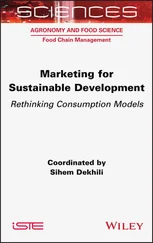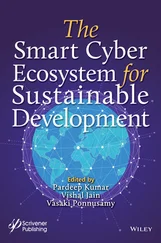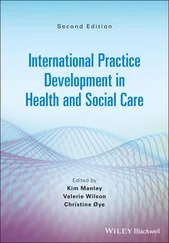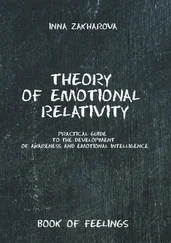Abstract
Coal is the major energy resource in India, as well as in the world. It is a prime source of energy for industrial growth but coal mining and uses can harm the land, air quality, surface and sub-surface water, and human health. In the present study, attempts were made to estimate the geo-environmental hazards and risks in South Karanpura Coalfield region using information on land use/land cover (LU/ LC), aerosol optical thickness (AOT), precipitable water vapor (PWV), and temperature conditions integration with socio-economic vulnerability in geographic information system (GIS) environment. AOT, PWV, and temperature were measured using a MICROTOPS-II Sunphotometer instrument during the month of January 2011. Census data were used to examine the socio-economic vulnerability of the region through computation of population density, total workers, children below ages 0–6 years and literacy rate. Results indicated that 32.03% (122.16 km 2) of the area is in a high to very high risk zone in the central and eastern part of study area. The majority of the risk-prone areas are present in the vicinity of industry and mining areas also have a higher population density.
Keywords:Geo-environmental hazards, socio-economic vulnerability, risk, coal mining, GIS
Fossil fuels such as coal, petroleum, and natural gas are the primary sources of energy worldwide. Among all these abovementioned energy sources, coal is a principal source of energy in many countries due to its widespread abundance and low cost. Coal provides 30% of global primary energy needs and generates over 40% of the world’s electricity [1]. India is the second largest coal producer in the world after China [2]. In recent years, coal mining and production have increased tremendously in India to meet the growing demand for energy.
Coal mining is one of the core industries that contribute to the economy and development of a country; however, it can causes noticeable deterioration to the environment and drastic changes in the local area [3, 4]. The process of coal mining both surface and underground can harm the land, surface water, groundwater, and the air. Coal mining involves the excavation of the coal by removing overburdens by using large mining equipment. This process is associated with the production of large quantities of mine spoils and the release of dust particles. Methods of mining tend to make a notable impact on the environment, the impact varying in severity depending on whether the mine is working or abandoned, the mining methods used and the geological conditions [5]. Evaluating and monitoring of land use/land cover (LU/LC) change in the coal mining area has become an important priority for scientists, land managers, and policymakers as LULC changes are typically associated with mining [6]. For example, vast forest areas are removed for mining impacting soil biological properties that leads to land degradation.
Air pollution due to particulate matter (PM) originated through coal mining activities is also one of the major problems in the coal mining regions. According to the US Clean Air Act of 1971, PMs or aerosols are considered to be one of six criteria pollutants, others are carbon monoxide, lead, ground-level ozone, nitrogen dioxide, and sulfur dioxide [7]. The PM also known as aerosols that are tiny particles found in either solid or liquid state of matter, suspended in the air (excluding cloud particles) with an extensive combination of sizes, ranging from 10 −2μm to 10 2μm [8, 9]. Aerosols and their association with gaseous pollutants significantly affect the Earth’s atmosphere by either scattering or absorbing the incoming solar radiation at a global, regional, and local level [8, 10, 11]. It includes modification of cloud properties, global climate change, acid rain, ozone depletion, visibility reduction, and soiling of monuments [12–16]. Air pollution also has a severe impact on human health. When fine and ultra-fine materials are inhaled by people, they get carried deep into the lungs and enter the circulatory system where they can lodges in organs such as the heart and liver. Aerosols influence adverse health effects such as chronic pulmonary diseases like cancer, bronchial asthma, chronic bronchitis, premature delivery, and lower birth weight [17, 18]. Apart from aerosols, precipitable water vapor (PWV) and meteorological parameters also have a severe impact on human health due to their association with aerosols. Water vapor is the most abundant greenhouse gas that plays a substantial role in many atmospheric processes, such as radiative cooling, latent heat, and convective activity [19].
Degradation of air quality is a major concern associated with surface or opencast coal mining. Different mining operations such as quarrying, drilling, blasting, loading, unloading, and transportation contribute a huge amount of PM in the surrounding atmosphere that is very harmful to the environment and human health. Therefore, changes in LU/LC, aerosol concentration, PWV, and ambient temperature constitute the main hazards associated with coal mining-related activities. Coal mining and allied activities constitute a threat to livelihoods of the people in the surrounding region and the ability to maintain their health and food production. The severity of these hazards can turn into a disaster due to the existence of high population density (PD) with low socio-economic status. Therefore, a study of the vulnerability of society to these hazards with respect to socio-economic conditions of the population existing in these regions is advisable. Assessment of the vulnerabilities is necessary to identify the relevant actions that should be taken to mitigate the problems before there is severe and permanent damage [20].
Remote sensing (RS) and geographic information system (GIS) are valuable techniques that provide an excellent platform for vulnerability and risk analysis study. Pandey et al . [21] utilized geospatial technology for flood and waterlogging vulnerability and risk assessment in the northern Bihar plains. They used multi-temporal satellite data (1975–2008) to evaluate area statistics and dynamics of waterlogging, whereas census data was used to examine the socio-economic characteristics of the region. The prepared flood-waterlogging risk map that indicated the highest risk to the central districts with 50.95% of the total area, whereas 20.61% and 28.44% are the proportions medium and low-risk zones in the study area. Yaduvanshi et al . [22] estimate the drought hazard and risk using spatial and temporal datasets of Tropical Rainfall Measuring Mission (TRMM) and Moderate Resolution Imaging Spectroradiometer (MODIS) in integration with socio-economic vulnerability. Their results indicated that 36.90% of the area is facing high to very high drought risk over the north-eastern and western parts of South Bihar. Gautam et al . [23] reviewed the contribution of air pollution of opencast coal mining areas through a direct and dependent relationship between the composition of PM and exposure time in coal mining operations. They also discussed the adverse effects of PM on health due to inhalation in opencast coal mining areas.
The present study addresses vulnerability and risk assessment of coal mining hazards in the South Karanpura Coalfield region of Jharkhand. Opencast and underground active coal mines, abandoned coal mines, and coal-based industries generate environmental hazards in the study area, not only because of the vast extent of some of these activities but also because population centers have tended to develop around them. This study also provides a basis from which local planners, administrators, and responders can create or update the regional district’s emergency plan, allocate resources for risk mitigation, enhance community preparedness, and prepare budgets for cost-effective on-going emergency planning.
Читать дальше
